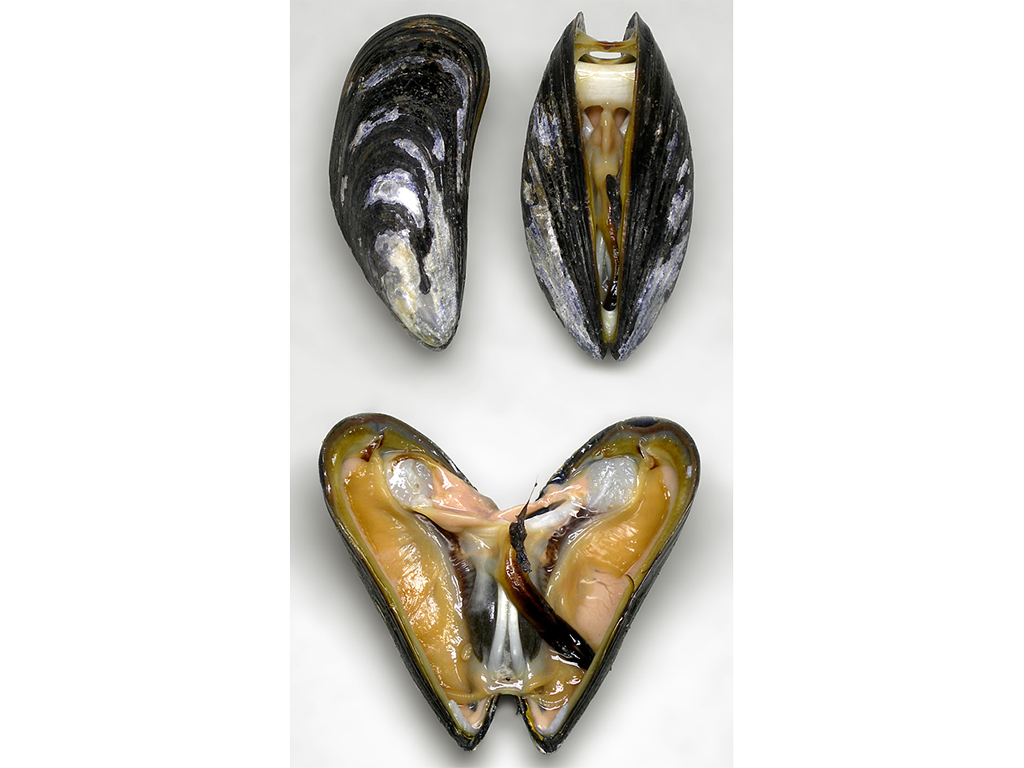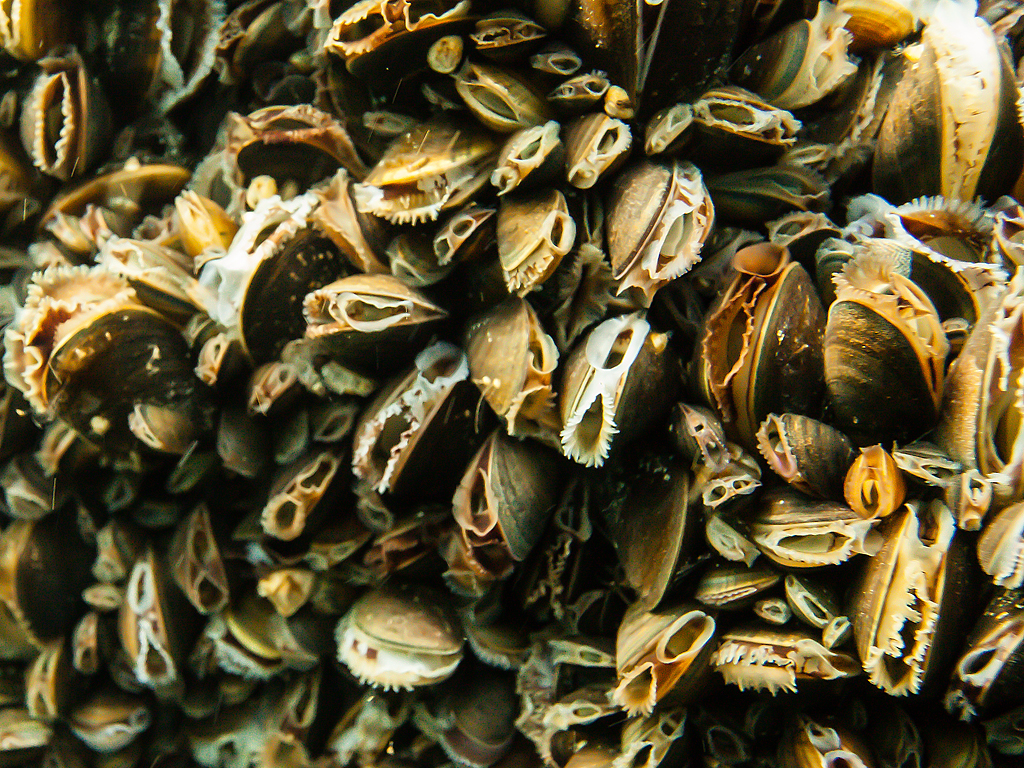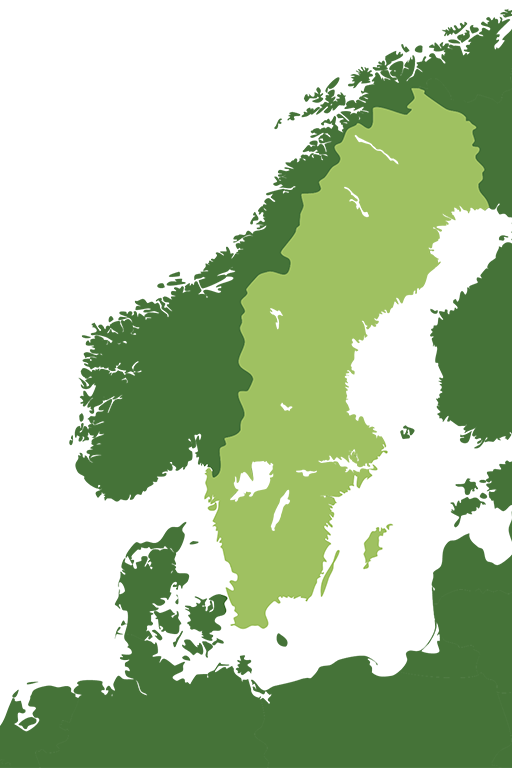Blue mussel
Mytilus edulis

Moves with sticky threads
The mussel has a gland that produces sticky threads made of protein. Using these threads the mussel can attach itself to a firm surface. It can move by cutting these threads and making new ones.
The mussel’s protein is being used in research to find out how it can help to prevent rust and how it can glue human tissue together after surgery.

Photo: Rainer-Zenz-CC-BY-SA
Eating mussels
Blue mussels are healthy food. They contain good fats. But when the mussel filters the water it can absorb poisonous substances called toxins. The mussel itself is not harmed. But a human being who eats it can vomit and feel sick.
The toxins only exist in some places. If you harvest mussels yourself, check first to make sure that the place is safe. The mussels in the shops do not contain any toxins. They are always inspected well before they are sold.

Adapted to lower salinity
Blue mussels are eaten by humans but also by animals such as otters, seabirds and crabs. The Latin word edulis in the species name of the blue mussel means “edible”.
The blue mussel’s true home is really the ocean but it has adapted to living in the lower salt content (salinity) of the Baltic Sea. The lower salt content means the mussels are smaller. A mussel has a ligament that acts as a hinge. The shell is closed with the help of a muscle. The mussel’s shell protects it.

Photo: Michael-Palmgren-Marine-Education-Center
Distribution in Sweden

In Sweden the Baltic Sea up to the southern part of the Gulf of Bothnia.
White markings = Distribution
Threat based on the Red List

Trade regulations
CITES: Not listed.